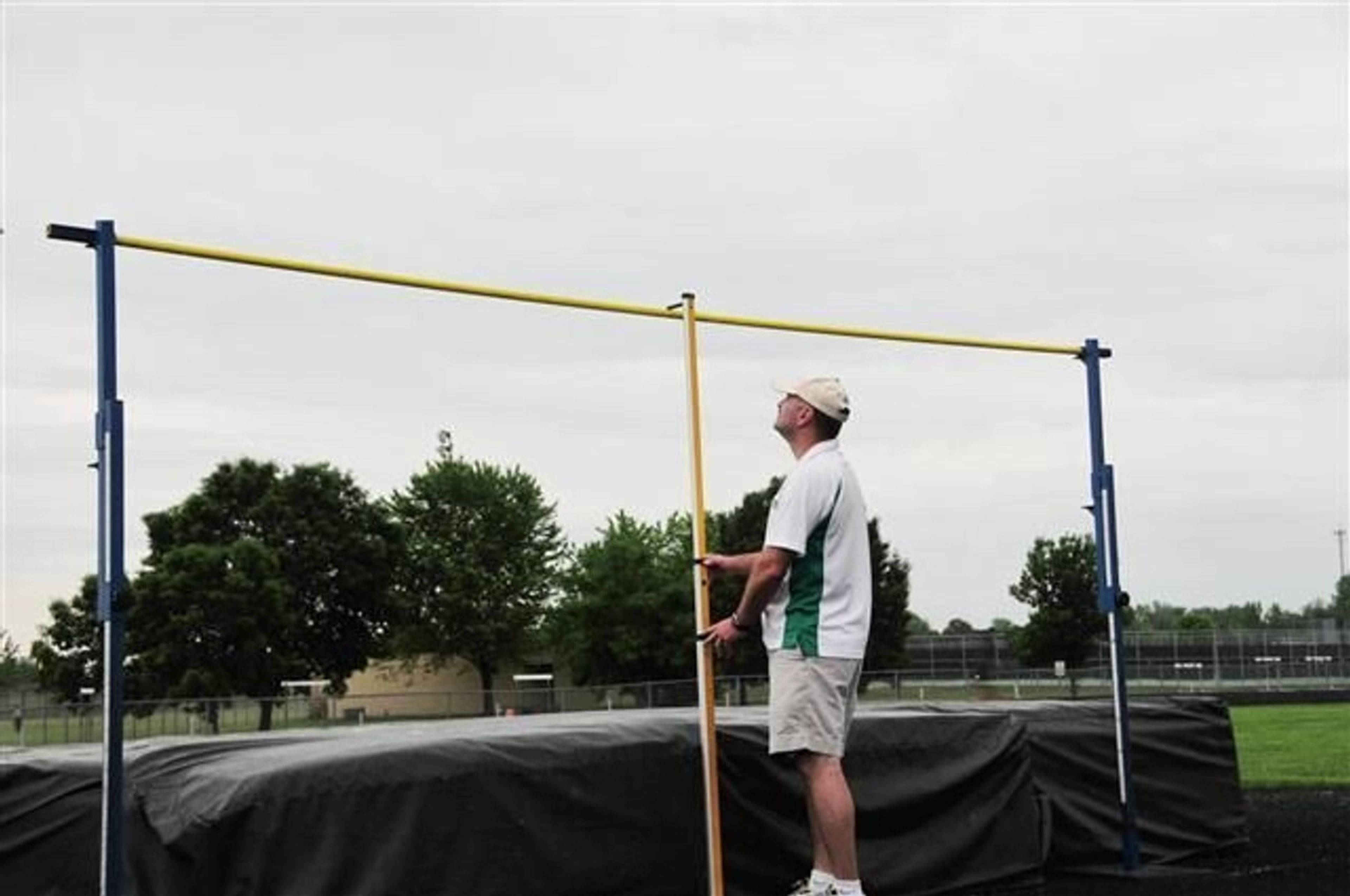The Ultimate Pole Vault Guide: From Basics to Advanced Techniques
Unlock the secrets of pole vaulting with our comprehensive guide. From essential equipment to advanced techniques, master each phase of the jump and understand competition rules to elevate your game.
The Ultimate Pole Vault Guide: From Basics to Advanced Techniques
Introduction
Pole vaulting is a dynamic and thrilling sport that combines speed, strength, and technical skill. Understanding the basics is crucial for athletes, coaches, and fans alike. This article aims to demystify pole vaulting by explaining its key elements, from essential equipment to the phases of the jump and competition rules.
Essential Equipment and Vocabulary
Bar
The bar is the horizontal crosspiece that vaulters aim to clear. Typically made of fiberglass or metal, it is suspended between two vertical uprights known as standards. The height of the bar is adjustable, allowing for various competition levels and training purposes. Clearing the bar without knocking it off the standards is the primary objective of each jump.
Pole
The pole is a critical piece of equipment in pole vaulting, used by the vaulter to launch themselves over the bar. Modern poles are made of fiberglass or carbon fiber, materials chosen for their strength and flexibility. Poles vary in length and stiffness (referred to as flex), with longer and stiffer poles generally used by more advanced vaulters. The pole acts like a spring, storing and releasing energy to propel the vaulter upwards.
Plant Box
The plant box is a specially designed indentation in the runway where vaulters plant the pole to initiate their jump. Measuring 8 inches deep and 6 inches wide at the base, with a slanted interior that starts almost 2 feet wide, the plant box ensures stability and safety during the takeoff phase.
Pit
The pit, also known as the landing mat, is a large, cushioned area where vaulters land after their jump. Made of foam and covered with a durable, weather-resistant material, the pit is designed to absorb the impact of landing, reducing the risk of injury. The pit's size and thickness are regulated by governing bodies to ensure athlete safety.
Standards
Standards are the vertical supports that hold the bar in place. They are adjustable, allowing vaulters to move the bar forward or backward to match their peak height during the jump. The distance of the standards from the plant box can be critical for optimal performance, typically ranging from 45 cm to 80 cm behind the box. Proper adjustment of the standards is crucial for both safety and performance.
Phases of the Jump
Run/Approach
The run, or approach, is the first phase of the pole vault. Vaulters start their approach from a carefully measured distance, typically 16 steps (8 lefts for right-handed vaulters). The goal of the run is to build maximum speed and momentum before takeoff. Speed is crucial as it translates directly into the energy needed to bend the pole and achieve a high jump. The approach should be smooth and controlled, resembling an airplane accelerating down a runway.
Takeoff/Plant
The takeoff is the moment when the vaulter plants the pole in the box and jumps off the ground. This phase is critical as it determines the trajectory and efficiency of the jump. An ideal takeoff occurs when the vaulter's body, pole, and ground form a right-angle triangle, maximizing the transfer of energy. Proper takeoff technique minimizes strain on the vaulter's body and optimizes the pole's bend.
Drive Knee/Trail Leg
During takeoff, the vaulter's drive knee (the knee of the leg that did not leave the ground) is bent at a 90-degree angle, while the trail leg (the leg that left the ground) remains straight behind. This lunge-like position is crucial for generating upward momentum and transitioning smoothly into the swing phase. The drive knee helps maintain balance and alignment, while the trail leg's swing contributes to the vault's power.
Top Arm/Bottom Arm
The vaulter's top arm (the arm closest to the end of the pole) and bottom arm (the arm holding the pole lower down) play pivotal roles in the jump. As the takeoff step hits the ground, the top arm punches straight up, aligning with the pole, while the bottom arm extends forward and upward, creating space for the chest to move through. This arm movement helps bend the pole and maintain the energy flow through the jump.
Swing/Invert
After takeoff, the vaulter swings their trail leg forward, initiating the inversion phase where the vaulter gets upside down on the pole. This movement is driven primarily by the top arm's forward motion. Some vaulters prefer a tucked position, while others maintain a long, straight trail leg. The swing and inversion phases are critical for building momentum and positioning the vaulter for the final stages of the jump.
Turn
As the pole begins to unbend, the vaulter turns around it to face the bar. This turn is essential for aligning the body with the bar and preparing for the push-off. Proper timing and technique during the turn ensure that the vaulter's body clears the bar cleanly, reducing the risk of knocking it off.
Push-Off
The push-off is the final phase of the jump, where the vaulter releases from the pole and clears the bar. The term "push-off" can be misleading, as the vaulter's upward movement is primarily the result of the energy stored in the pole during the bend. A successful push-off relies on the culmination of all previous phases, particularly the effective use of the arms and the energy generated during the swing.
Competition Structure and Rules
Warm-Up
Before the competition begins, vaulters are given an hour to warm up on the runway. This period allows them to fine-tune their steps, test their poles, and adjust their takeoff points. Warm-ups are crucial for ensuring that vaulters are physically and mentally prepared for the competition.
Height Progression
Competitions follow a set height progression, with the bar raised incrementally after each round. Vaulters must clear each height to continue in the competition. The height progression is predetermined, and only the last remaining vaulter can choose the next height. This progression ensures a fair and standardized competition.
Attempt Limits
Each vaulter has a limited time, usually one minute, to start their run after being called up. They are allowed three attempts to clear each height. Missing three consecutive attempts results in elimination. These rules maintain the competition's pace and challenge vaulters to perform consistently.
Passing Heights
Vaulters can choose to pass certain heights, skipping lower bars to conserve energy for higher attempts. This strategy is often used when the initial heights are too low to be challenging. While passing heights can save energy, it carries the risk of a "no-height" if the vaulter fails to clear their chosen starting height.
Jump-Offs
In the event of a tie, the number of missed attempts determines the ranking. If vaulters have the same number of misses, a jump-off occurs. Both vaulters attempt the same height until one clears it. Jump-offs add an exciting and competitive element to the sport, often showcasing the athletes' resilience and skill under pressure.
Conclusion
Pole vaulting is a sport that combines athleticism, technique, and strategy. By understanding the basic vocabulary, the intricacies of the jump, and the rules of competition, you can gain a deeper appreciation for this challenging and exhilarating sport. Whether you're an aspiring vaulter, a coach, or a fan, this guide provides a comprehensive overview of what it takes to excel in pole vaulting.









